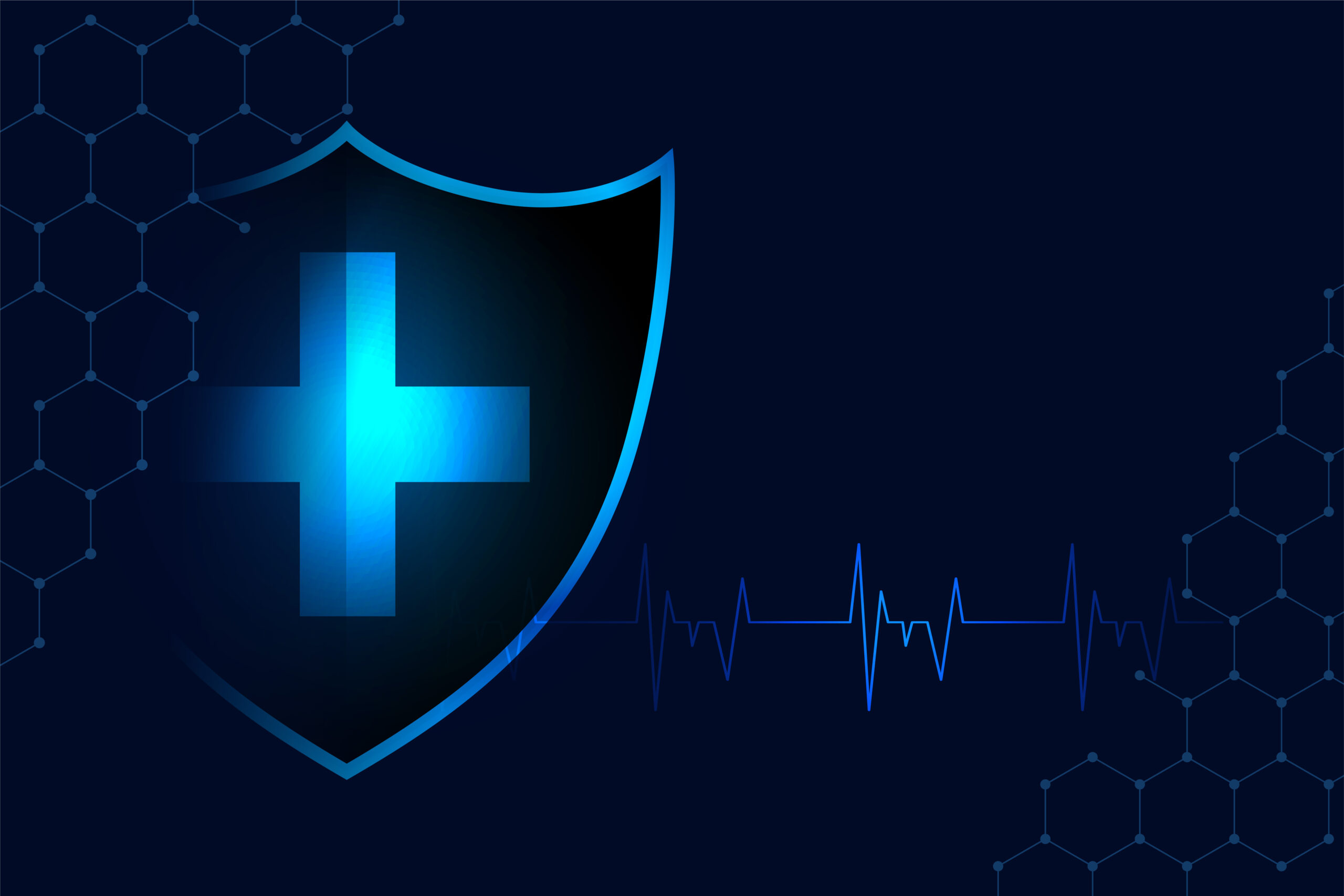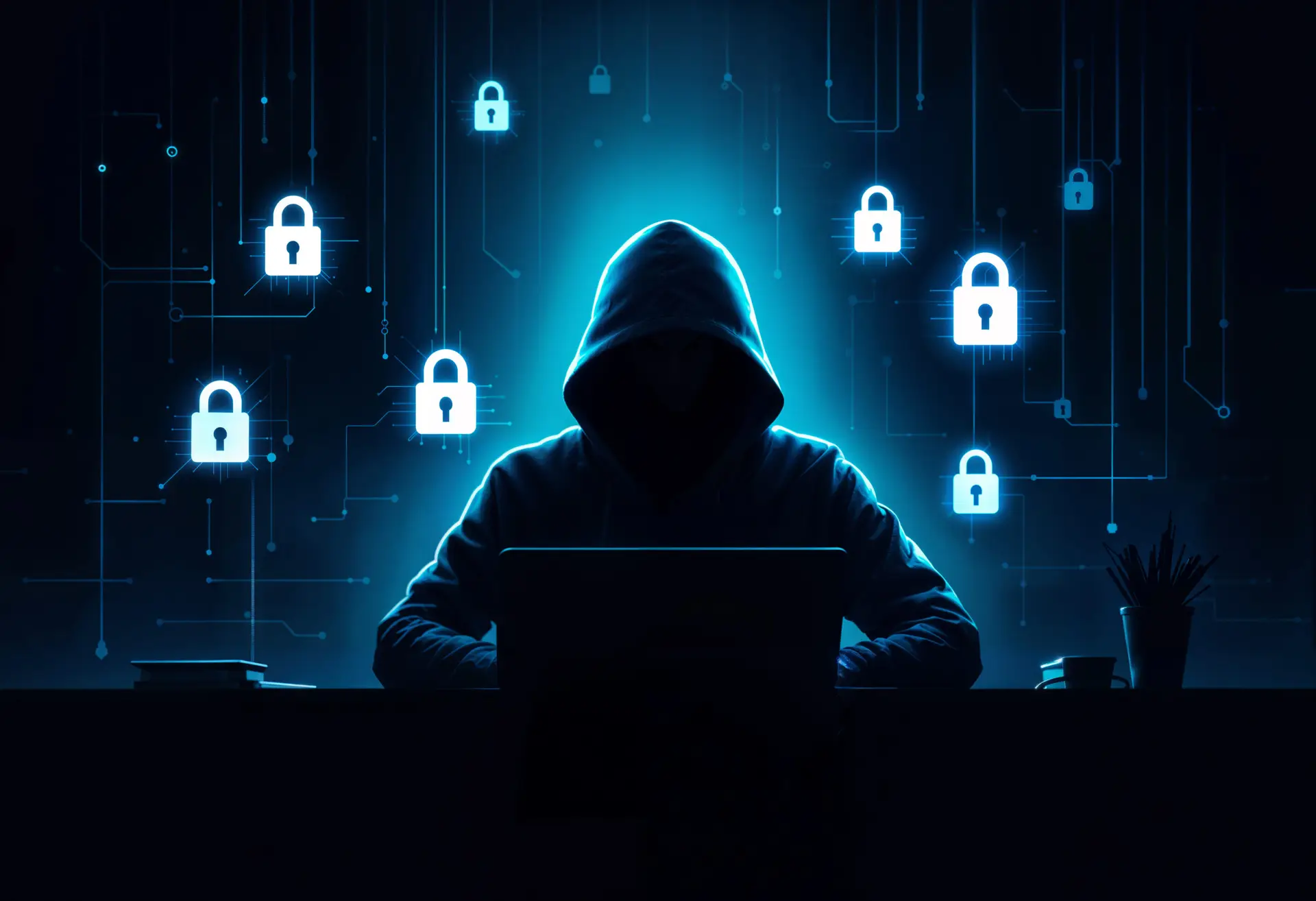Introduction:
In the wake of 2025, with the advancements in technology, while there are some positive aspects to it, there are also some ills of technological advancements that need to be worked upon. One of the negative consequences includes the cyber threats that the human race is facing, potentially leading to data theft.
- Keep Calm and Encrypt On: Guard Your Business Data from Ransomware Attacks
Protecting your business from ransomware should not be preemptive but a proactive task. For that purpose, the precautionary measures need to start today. Prioritize security awareness training, put multi-factor authentication (MFA) into place, regularly back up your data, keep your software and systems up to date, create a ransomware response plan, and think about collaborating with a virtual CISO to safeguard your company against ransomware.
In ransomware, the hacker will lock your system, block your access, and blackmail you to compromise your authority in the business or leak confidential data. All this to provoke you into sending money or any personal benefit to regain access.
Here are all the ransomware protection techniques you can employ, along with their detailed steps and examples:
- Empower Your Human Firewall:
Why do we need to strengthen a human firewall? And what does it even mean? It means to empower your staff and employees through educating them about the ransomware techniques and how to prevent them from occurring effectively.
Here’s how you can build a strong human firewall to protect your system against the ills of malware: ransomware.
| What to do? | How to do it? |
| Security Awareness Training | Employees should be trained in safe web browsing, how to spot phishing attempts, and the value of making and using secure passwords. |
| Phishing Simulations | To assess staff awareness and their capacity to recognize and steer clear of phishing attacks, conduct frequent simulations. |
| Emergency Reporting | Provide a transparent avenue for staff members to report suspicious or dubious activities. |
- Enforce Effective Cyber Security Measures:
Cybersecurity measures mean employing effective strategies that could deter all cyber threats or other cyber activities, like ransomware, that could potentially damage or harm your system. Here are some effective strategies:
| What to do? | How to do it? |
| Multi-Factor Authentication (MFA) | To increase security, make MFA mandatory for all important accounts and systems. |
| Endpoint Detection and Response (EDR) | Use EDR tools to keep an eye on and react to threats on specific devices. |
| Email Security | Implement email authentication procedures and use email filtering to stop malicious emails. |
| Firewall and Antivirus | Keep firewalls and antivirus programs up to date to guard against malware and other cyber threats. |
| Use of VPNs | Encourage staff members to encrypt their internet traffic and safeguard their data by using virtual private networks (VPNs) when they connect to public Wi-Fi. |
- Ensure Data Protection:
Ensuring data protection is essential to keep your personal or confidential data out of anyone’s reach. There should be a backup plan or strong encryption methods for that. Here’s how you can do it:
| What to do? | How to do it? |
| Regular Backups | Establish a routine data backup plan that incorporates offline and online backups to guarantee data security and safety. |
| Immutable or Unchangeable Backups | To guarantee data recovery, use unchangeable backups that ransomware cannot destroy or alter. |
| Offline Storage | Backups should be kept offsite and offline to guard against network-based threats. |
| Disaster Recovery Plan | To help you respond to a ransomware attack, create a thorough disaster recovery plan. |
- Keep Your Systems Up-to-Date:
To keep your systems updated, install:
| What to do? | How to do it? |
| Software Updates | Make sure that all software, apps, and operating systems are updated frequently to fix security flaws. |
| Automated Updates | To guarantee that systems are always running the most recent security patches, turn on automatic updates whenever you can. |
- Devise a Response Plan:
In case of cyber threats, there should be a proper response plan ready:
| What to do? | How to do it? |
| Incident Response Plan | Create a thorough incident response plan that specifies what should be done in the case of a ransomware attack. |
| Ransomware Simulations | Run frequent simulations with your group to rehearse the response strategy and pinpoint areas that need work. |
- Get External Assistance:
Empowering your team and cybersecurity measures are not enough; get external help too to stay one step ahead.
| What to do? | How to do it? |
| Virtual CISO | Develop a thorough security plan and get professional advice on security best practices by working with a virtual CISO. |
| Ransomware Resilience Assessment | To find weaknesses and create a customized mitigation strategy, think about conducting a ransomware resilience assessment. |
- Conclusion:
Hence, by implementing the above-mentioned measures, businesses can effectively and significantly reduce their risk of ransomware attacks. These cybersecurity and preemptive measures will also help in minimizing the impact of any potential incidents, according to cybersecurity experts.
- FAQs:
What’s the best protection against ransomware?
Cybersecurity measures and empowering the human firewall are the best ways.
How do companies deal with ransomware?
Companies employ software like firewalls or MFA to deal with ransomware.
Can a VPN stop ransomware?
Yes, a VPN is supposed to stop cyber threats, like ransomware.




